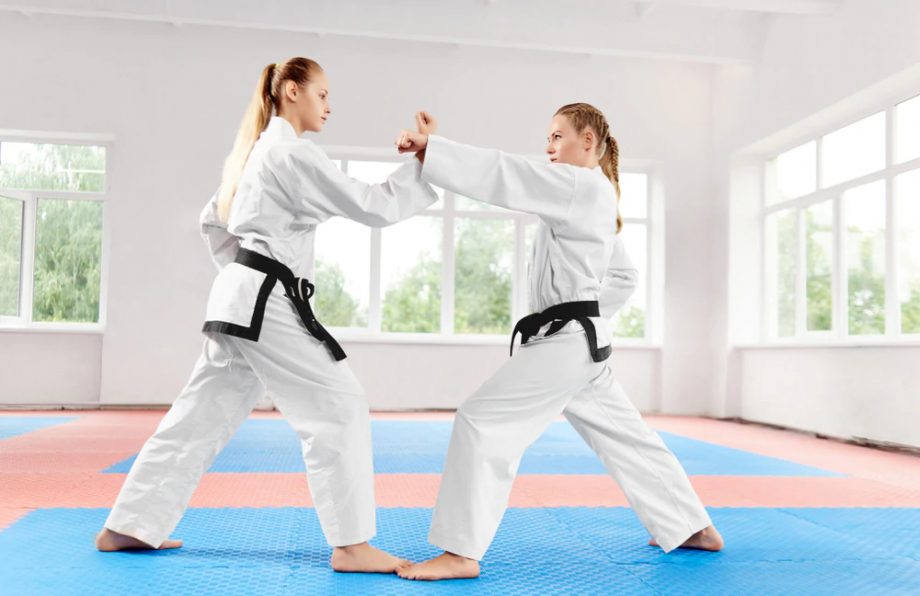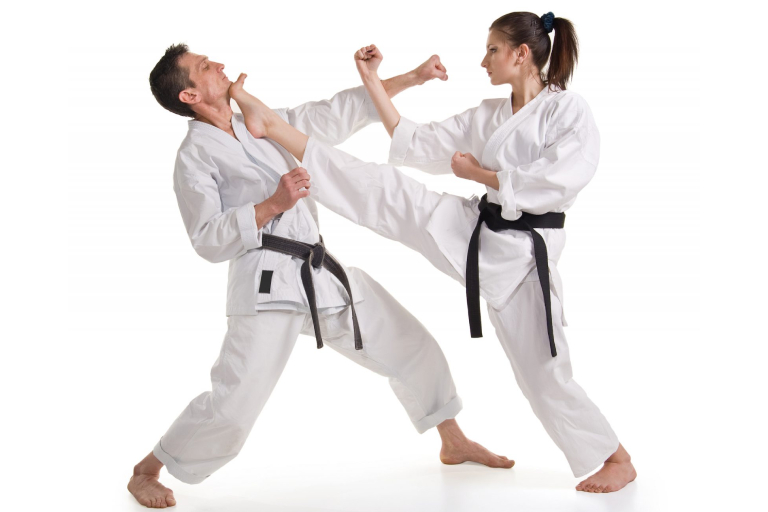Rules Of Karate That Makes It A Discipline
The word karate is not something new to anyone. It has been around as old as time itself and dates back to the early 13th century. There are plenty of Karate styles such as Goju-Ryu, Wado-Ryu and Shotokan. The primary aim of karate is to be the attacking or defending skill that uses the human body as a weapon. Punches, Kicks, Elbow Strikes, and Knees are the striking techniques around which karate is built around. More than a martial art, karate is about a physical exercise that keeps the mind and body equally fit. It helps not just as a self-defence mechanism, but also helps in boosting self-esteem, empowering confidence while developing discipline towards life.
Chronology Of Karate Learning
Karate is a way of life. It imbibes loyalty, care, faith, sincerity and politeness in the learner. The Karate Rules For Fighting progresses through different levels of learning and is graduated in colours of belts awarded to the learners. The beginning is a white belt, and as the learning progresses, they are awarded in the order of yellow belt followed by an orange belt. As the learners achieve higher levels of training, they earn their green belt, blue belt, purple belt, brown belt, red belt and finally a black belt. A black belt is the highest level of learning in karate and makes the learner proficient in martial art. Several criteria are considered while examining learners to upgrade their belt levels. The students are judged based on their skills such as attacks, defence, defeating opponents, punches, kicks and throws. Scores are given depending on the area of aggression such as face, neck, chest, head, side, abdomen and back. Distance, accuracy, attacking style, attitude and performance decide the final scoring.
Explore More About : The Best Karate Fighting Habits
Karate Belts And Making Your Way Up
Karate learning is considered in different levels of coloured belts, and the journey is always about moving from white to black. It is required that student performance lies basically around the speed factor. Balancing skill and experience, along with speed, is crucial to succeeding in the test. The fighters are given body protection, gum shields, shin pads, foot protectors and other protective equipment for the fights. Ensuring safety while pushing the body to extremes is necessary as the whole point is about having fun learning a few self-defence lessons.
Rules For Fighting Karate
8×8 square mats are used for karate matches with a 1m safety area marked outside this. Fighters are classified on their age group, and fights are scheduled accordingly. Throws have the highest scores, followed by kicks and then punches. Competitors may be knocked out before the time ends too. Once 8 points establish a lead, the fighter is deemed a winner if there are no other competitors. In the case of tie-points, judges and the referee decide the winner based on different parameters. In case of no fighter with an 8 point score, the highest scorer at the end of all rounds is the winner.







